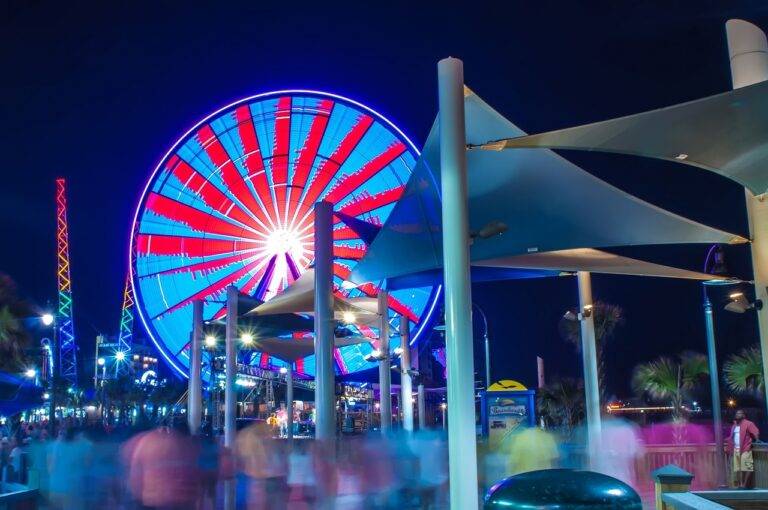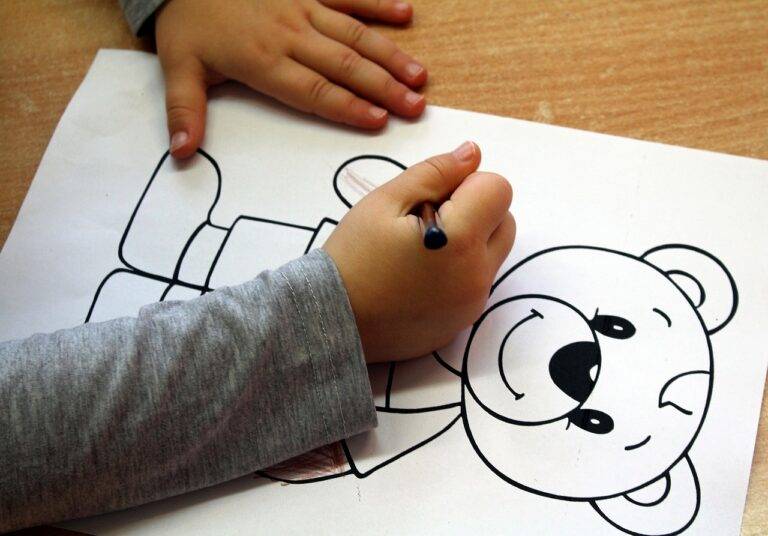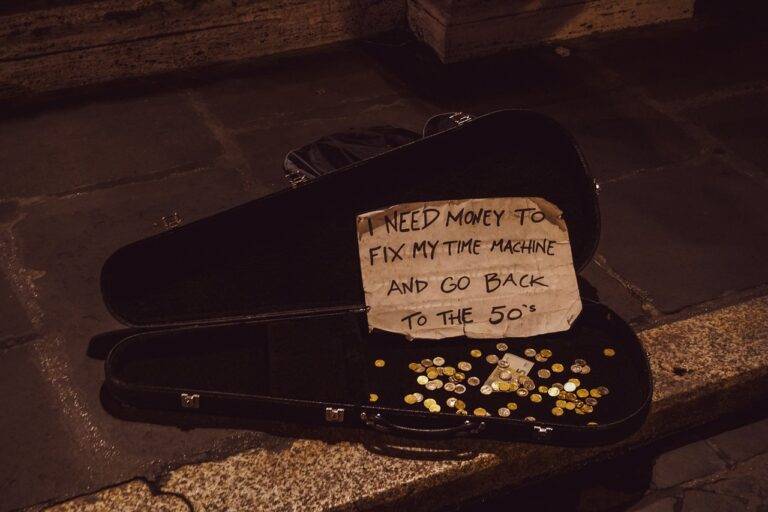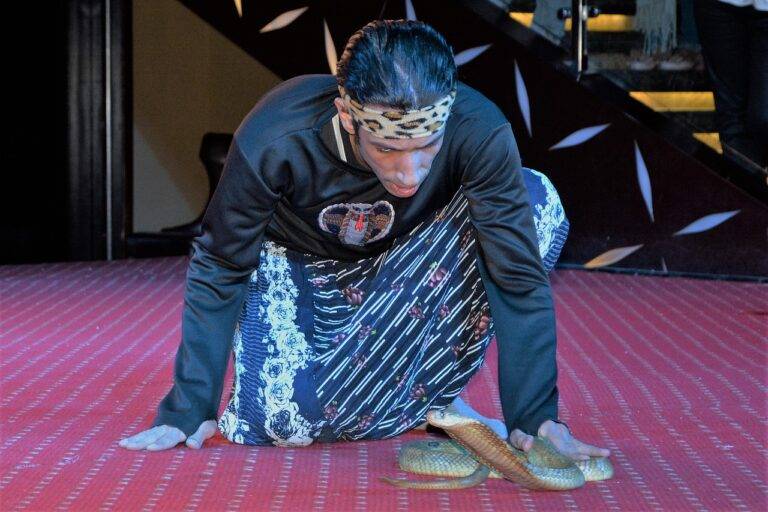The Art of Production Design in Film: Creating Authentic Worlds
Production design in film refers to the creative process of crafting the visual style and aesthetics of a movie. It involves the collaboration of various departments such as set design, costume design, props, lighting, and more to bring the filmmaker’s vision to life on screen. Essentially, production design sets the tone and mood of the film, enhancing the storytelling and immersing the audience in the world created by the director.
This aspect of filmmaking is crucial in establishing the time period, location, and overall ambiance of the narrative. Production designers work closely with the director and cinematographer to ensure that every element within the frame not only looks visually appealing but also serves a purpose in conveying the story. From the color palette to the smallest details in the background, every aspect of production design plays a key role in enhancing the audience’s cinematic experience.
The Role of Production Design in Creating a Film’s Atmosphere
Production design plays a crucial role in setting the tone and atmosphere of a film. Through the careful selection of props, sets, and costumes, production designers can transport audiences to different time periods, worlds, or emotional states. The colors, textures, and overall aesthetic choices made by the production design team can evoke specific moods and enhance the storytelling experience for viewers.
In addition to visual elements, production design also encompasses the spatial arrangement of sets and locations. The way in which spaces are designed and decorated can influence how characters interact with their environment and convey underlying themes or messages. By paying attention to details such as lighting, architecture, and décor, production designers help to immerse audiences in the world of the film and enhance the overall viewing experience.
What is production design in film?
Production design in film refers to the overall look and feel of a movie, including the sets, props, costumes, and overall visual aesthetic. It involves creating the visual world in which the story takes place.
How does production design contribute to creating a film’s atmosphere?
Production design plays a crucial role in setting the tone and mood of a film. By carefully selecting colors, textures, and set pieces, production designers can create a specific atmosphere that enhances the storytelling and engages the audience on a visual level.
Can production design affect the emotional impact of a film?
Yes, production design can have a significant impact on the emotional resonance of a film. By creating a visually cohesive and immersive world for the characters to inhabit, production designers can enhance the emotional depth of the story and help evoke specific feelings in the audience.
How does production design collaborate with other aspects of filmmaking?
Production design works closely with various other departments in filmmaking, such as cinematography, costume design, and set decoration, to ensure a cohesive visual aesthetic. By collaborating with directors and other key creatives, production designers help bring the director’s vision to life on screen.





